Continuous Harvest vs. Quick Maturing Vegetables
When beginning gardeners start planning their gardens for the first time, most do not know which vegetables will keep producing all season and which will give a one-and-done harvest.
I know I didn’t think about that my first few seasons. But now I understand, and with that knowledge, I am better able to plan my garden to full production all season.
There’s no bare soil when the onions harvest.
There’s no disappointment when lettuce bolts.
There’s a plan when Roma tomatoes finish their bountiful flush of fruit.
I’m able to harvest from my garden most months of the year because I understand the planting and harvest times of different types of vegetables.
If you want your garden to function at maximum harvest capacity, start with learning the different growth habits of different vegetables. In this episode of the Beginner’s Garden Podcast and the article below, I talk about four different harvest periods of vegetables and how knowing these differences will help you keep your garden producing all season.
4 Types of Harvest Periods for Vegetables
Before I talk about these four types of harvests, keep in mind, some of this is region and climate-specific. If this is your first year, you should make careful notes to aid you in planning next season. I recommend the Complete Garden Planner to help you keep track.
Quick-Burst Harvest
Vegetables that give you a quick-burst harvest will produce all of their fruit within a few weeks. Then they will be done for the season. Examples are determinate tomatoes, bush beans, corn, and black-eyed peas.
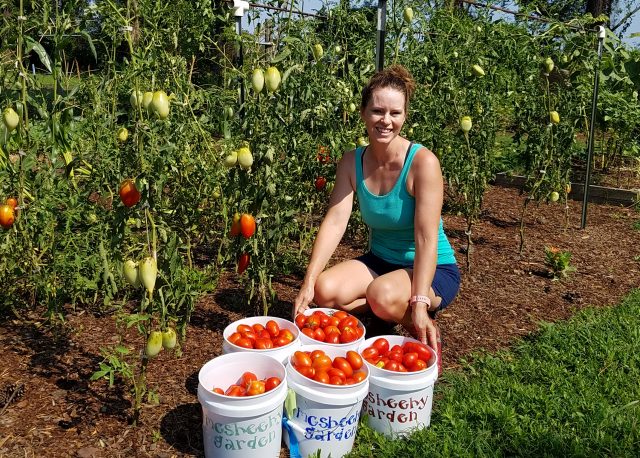
Determinate tomatoes, like Romas, will give you a few weeks of heavy production. If you leave them in the ground, they will give you a trickle of fruit through the season, but I’ve found it a better use of my space to pull them up to make room for another crop.
Bush beans also provides a couple of weeks of heavy picking, which is perfect for canning or freezing. Once they’re done, you can pull them up and plant another crop, even — depending on your season — another planting of bush beans if you’d like.
Corn will ripen within a week or two, and you’ll want to pick them as soon as they’re ready. When you finish harvesting, you can pull out the stalks to plant a different crop, or you can leave them in place to serve as a trellis for pole beans.
Black-eyed peas have a longer harvest window — maybe a month — but for the most part you will pick most of them around the same time. Like bush beans, this makes them a perfect candidate for canning or freezing. Then, you can pull them up to prepare a fall crop.
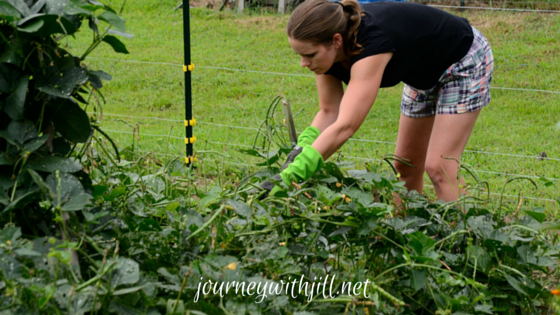
All-Season, Continuous Harvest
Some vegetables give you an all-season, continuous harvest. Once they ripen, unless they succumb to disease or pest pressure, they will produce for you until your first frost in the fall.
Examples of vegetables that keep producing all season are cucumbers, zucchini, squash, okra, peppers, pole beans, indeterminate tomatoes, watermelon, and cantaloupe.
Members of the cucurbit family — cucumbers, zucchini, squash, and melons — provide harvest for you all season. Some, like summer squash, will ripen quickly, while others — like melons — take a little longer. Regardless, most of the time the greatest threats to these crops are diseases like powdery mildew or pests like squash bugs or squash vine borers. In the absence of these problems, plan to harvest from these plants all season.
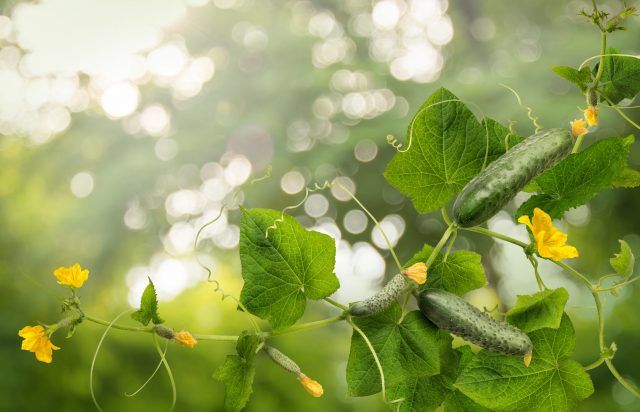 Peppers thrive in hot weather, and peppers in my area produce continuously until the first frost in the fall. In fact, some of my best red bell pepper harvests come toward the end of the fall as the green bell peppers ripen more quickly to red. Tip: Early in the season, I pick green peppers so the plant will keep producing, and later in the season I leave them to ripen to red bell peppers.
Peppers thrive in hot weather, and peppers in my area produce continuously until the first frost in the fall. In fact, some of my best red bell pepper harvests come toward the end of the fall as the green bell peppers ripen more quickly to red. Tip: Early in the season, I pick green peppers so the plant will keep producing, and later in the season I leave them to ripen to red bell peppers.
Indeterminate Tomatoes are the ones that vine and grow all season instead of growing to a set height and producing fruit. Indeterminate tomatoes like Amish Paste, Cherokee Purple, and a host of others will give continuous production until either the first frost or disease kills the plant.
Pole beans begin producing later than bush beans, but they provide a harvest all season, generally until first frost. Watch out for high summertime temperatures because they may not set flowers in the heat, but when the weather cools off slightly in the early fall, look for a ramp-up in production until the cold sets in.
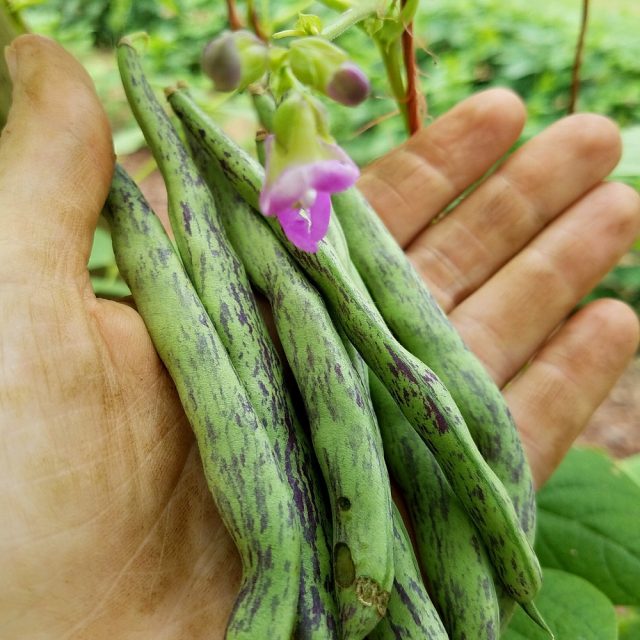
Heat-Dependent Harvest
Some plants will give you continuous harvests until warm weather causes them to bolt, or go to flower, and set seed. Once the bolting process begins, the plants become bitter and inedible. The length of your harvest depends on your climate and how fast the heat sets in. Examples of these crops are leafy greens, broccoli, and peas.
Spinach, arugula, lettuce, and other leafy greens prefer cool weather. Spinach, in fact, prefers colder weather and will bolt quicker, so it’s best to get them in the ground as soon as the ground can be worked. In my garden, leafy greens begin bolting when daytime temperatures reach the 80sF consistently. Therefore, I plan my garden to plant summer-loving crops after these cool-weather lovers finish for the spring.
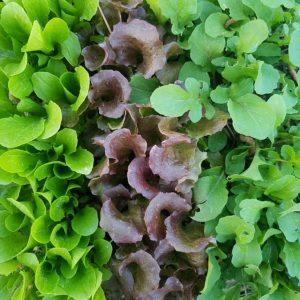
Broccoli is very sensitive to heat as well. When the temperatures outside (and particularly of the soil — keep the area mulched to help that) rise, watch out for the heads to start separating. When this happens they begin producing flowers instead of a harvest.
Peas cease producing flowers in the heat. When temperatures reach the upper 80s in my garden, I know they are done for the season, and I plan to plant warm-weather crops in their place.
One-and-Done Harvest
With some crops, you can plan on one major harvest. Once they’re mature, you can take them all out and then prepare for another planning in their absence. Examples of one-and-done harvests are root crops and cabbage.
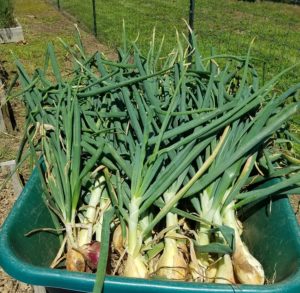
Root crops like potatoes, onions, garlic, carrots and beets usually mature at the same time as the members of their family. For example, all of my garlic will harvest at once (usually early June), the potatoes will harvest at once (usually mid-June for me), and carrots will harvest at once (early July). Because I plan for these harvests and I’ve learned in my climate when this will occur, I can plan for subsequent plantings of different crops.
Cabbage will also mature and you will harvest the head. Although you can leave the plant in the ground and many varieties will give you smaller heads, most of the time I find it a more efficient use of space to pull it out and plant something else.
How Harvest Periods Help in Garden Planning
Knowing the harvest periods of different plants will help you know how to earmark the space in your garden.
All-season harvests, for example, will command a particular garden space for the entire season. But with quick-burst, all-season, and one-and-done harvests, you can plan to add another crop to that space.
By doing this, you can plan for no bare soil, and instead ensure your garden is in full production all season long.
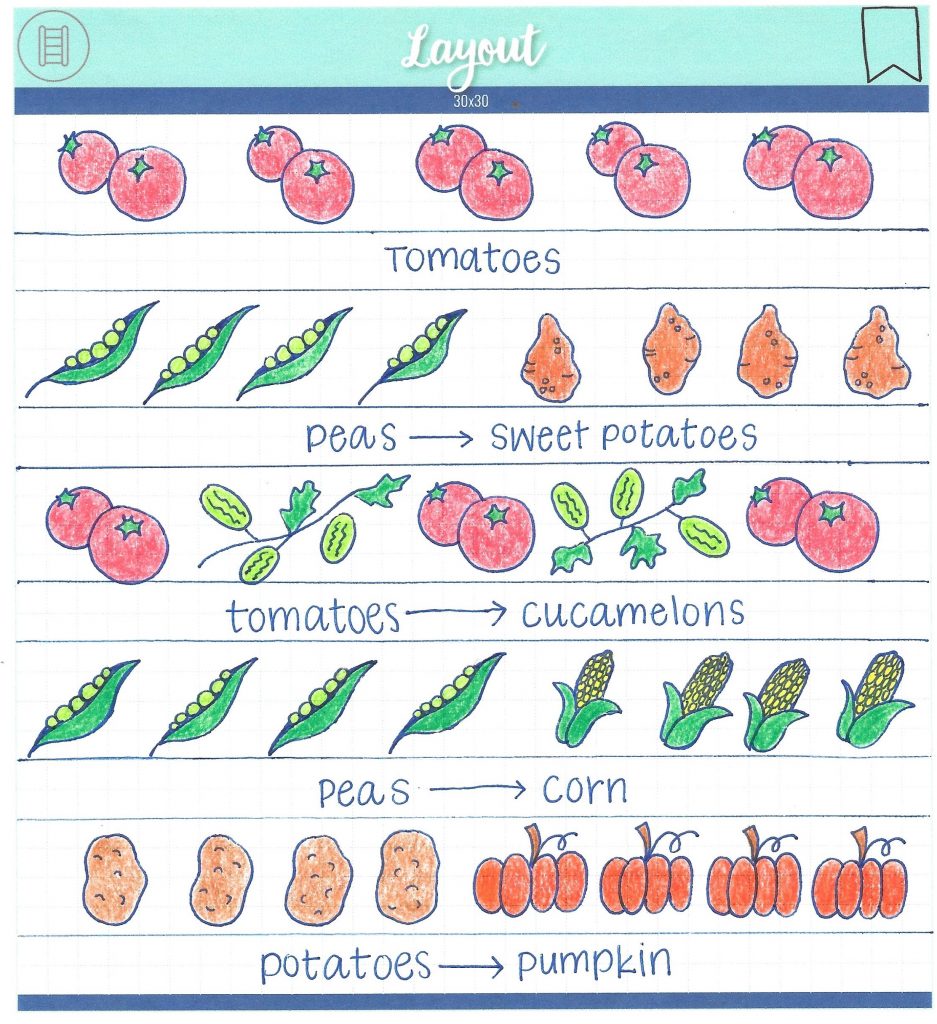
For the First-Year Gardener
If this is your first season, how do you know how long it will take for any of these crops to harvest?
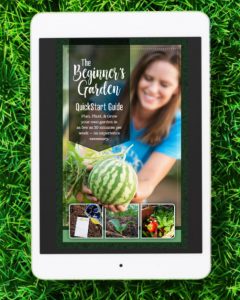
First, you can look on the seed packet or look up a particular variety online to find the “days to maturity.” For quick-burst harvests, you can add 2-4 weeks to that time to account for harvest time. This will give you a baseline to plan from that first year.
Most of your knowledge, however, will come from observation in your first garden. It’s important for you to take careful notes. While mental notes are better than none, I recommend writing down when you plant what and when they harvest. By doing this, when you plan next year, you’ll have a more accurate idea of how long certain plants take to mature, harvest, or in the case of heat-dependent crops, bolt, in your area.
Conclusion
But whether you’re a first-year gardener or not, fine-tuning your garden planning is a skill you continue to work on each year. But the more you do it, the more efficient you’ll find your garden becoming, and the more you’ll find your garden flourishing in a continuous harvest.
Do you get overwhelmed with garden planning?

Subscribe here for my best tips to plan your garden in just 7 days -- all for FREE.
Plus, I'll send you my "In the Garden E-mail" on Fridays, periodic updates on garden resources relevant to you, and you'll receive access to my entire bank of free garden downloads!
You are also agreeing to our privacy policy.

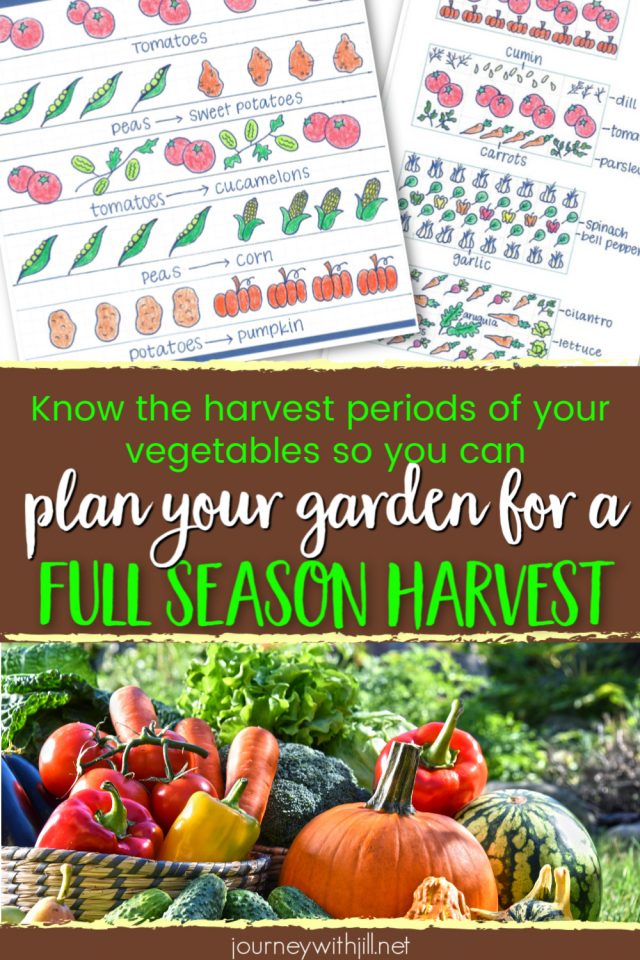
This is a great post — and it motivates me to get my snap peas pulled up and put something else there, even though I didn’t get anything from the peas this year. 🙁 I guess I planted too late?! They never really grew well, and are already withering up. The ones I planted under the deck are thriving, though…probably because it’s a little cooler there.